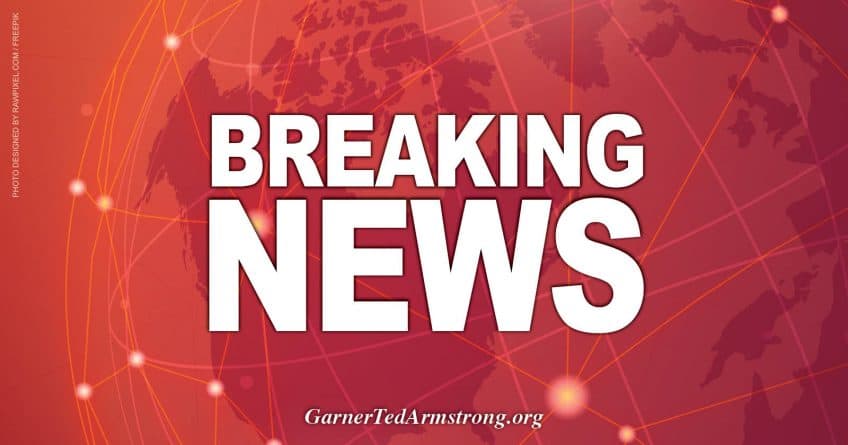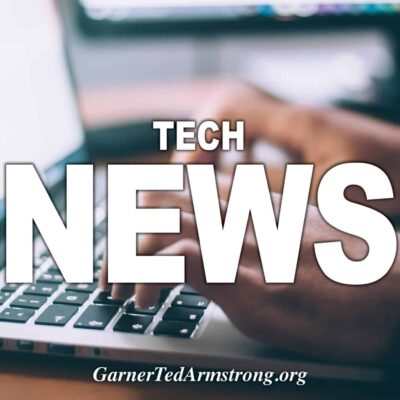Two studies show a school reopening goal detailed by the Biden administration for his first 100 days may have already been met before President Joe Biden took office.
White House Press Secretary Jen Psaki this week added some fine print to Biden’s vow to reopen a majority of schools, saying the president meant there would be in-person teaching at least one day a week in more than 50% of schools by day 100. While there are no federal data on school reopenings, two studies that looked at random samples of school districts around the country estimate that such a threshold already has been surpassed.
Introducing his health team on Dec. 8, then president-elect Biden unveiled the school reopening objective as one of three key goals for his first 100 days in office.
Biden, Dec. 8: The third thing I’m going to ask in the 100 days, it should be a national priority to get our kids back into school and keep them in school. If Congress provides the funding we need to protect students, educators and staff; if states and cities put strong public health measures in place that we all will follow, then my team will work to see that a majority of our schools can be opened by the end of my first 100 days. That’s right. We will look to have the most schools open that we can possibly in 100 days if Congress provides the funding we need.
Biden reiterated that goal in a speech in Delaware on Dec. 29, this time narrowing the goal to kindergarten through eighth grade, and again warning that it would only be possible with “tens of billions of dollars” in additional school funding from Congress.
Biden, Dec. 29: Another 100-day challenge is opening most of our K-8 schools by the end of the first 100 days in the spring. Look, we can only do that if Congress provides the necessary funding, so we get the schools, districts, communities, and states the resources they need for those so many things that aren’t there already in a tight budget. They need funding for testing to help reopen schools, more funding for transportation so students can maintain social distances on buses, they need it for school building for additional cleaning service, protective equipment, ventilation systems. This is going to require an additional tens of billions of dollars to get this done.
The day after his inauguration, Biden released his 200-page National Strategy for the COVID-19 Response and Pandemic Preparedness, which stated: “The United States is committed to ensuring that students and educators are able to resume safe, in-person learning as quickly as possible, with the goal of getting a majority of K-8 schools safely open in 100 days.” The plan was backed by an executive order that promised to create a national strategy for safely reopening schools.
Biden also proposed a new coronavirus relief package, the American Rescue Plan, which includes $130 billion to help schools make improvements so they can reopen more safely. Biden’s $1.9 trillion plan has been opposed by Republicans, who have countered with a roughly $618 billion rescue plan that includes a far smaller $20 billion for getting K-12 students back to school. But Democrats in Congress have taken steps that suggest they may try to pass the larger bill without the need for Republican support.
In the meantime, Biden’s reopening plans have met resistance from some teachers’ unions concerned about teacher safety.
In a press briefing on Feb. 9, Psaki added new details to Biden’s 100-day goal. Psaki said, “His goal that he set is to have the majority of schools — so, more than 50 percent — open by day 100 of his presidency. And that means some teaching in classrooms. So, at least one day a week. Hopefully, it’s more. And obviously, it is as much as is safe in each school and local district.” Or, more simply, she said, “teaching at least one day a week in the majority of schools, by day 100.”
Responding to criticism that she was moving the goalposts for Biden to meet his promise, Psaki insisted at a press briefing the next day that she was simply clarifying the goal.
“The president made a — set a goal of reopening the majority of schools within 100 days, and when you asked what that meant, I answered the question,” she said.
She added that the goal was a floor the administration hoped to “build from.”
Psaki, Feb. 10: Well, certainly we are not planning to celebrate at 100 days if we reach that goal. That is our own effort to make our own — set our own markings, bold and — set a bold and ambitious agenda for how we’re going to measure ourselves and progress. But we certainly hope to build from that, even at 100 days. And from there, our objective — the president’s objectives is for all schools to reopen, to stay open, to be open five days a week, for kids to be learning. That’s what our focus is on. This is simply a goal for 100 days.
When a reporter noted that many schools are already meeting the one-day-a-week threshold, Psaki said most are not.
“That’s, again, the bar of where we’d like the majority of schools across the country to be, which they’re not at this point in time, and we want to build from there,” Psaki said.
Although there are no federal government data on school reopenings, there is independent research that suggests Psaki is wrong that most schools are not currently providing one day a week of in-person instruction. We reached out to the White House press office for backup on Psaki’s claim, but we got no response.
Independent Research Estimates Goal Met
According to Burbio, a company that aggregates school event information and tracks school reopenings, 40.6% of K-12 students in the U.S. are attending schools that offer traditional, in-person learning; 25.5% are attending schools that offer hybrid, or two to three days a week in-person learning; and 33.9% are attending schools that offer “virtual only” school.
In other words, as of Feb. 10, an estimated 66.1% of K-12 students attend schools that offer either traditional in-person instruction every day, or hybrid instruction — at least one day a week in person.
According to Burbio’s analyses, which update each school’s status every three days, a majority of K-12 students were attending schools that offered at least one day per week of in-person instruction even in mid-January. So the goal as defined by Psaki is estimated to have been met before Biden took office, according to Burbio’s analyses.
Burbio’s statistics are based on audits of “over 1,200 school districts representing over 35,000 schools in 50 states,” according to a webpage explaining the methodology. The group estimates the overall margin of error at just under 3 percentage points.
Burbio’s president, Dennis Roche, explained the “basic arc” of the school reopening trends: “As of Labor Day, over 60% of US K-12 students were attending virtual-only schools,” Roche told us via email. “That figure dropped to 37% in early November as schools across the Northeast and Midwest in particular opened for in person learning. Some were already open of course, and some new ones opened up in the Sun Belt during that period as well (Miami, Dallas etc). So at that point over 60% of US K-12 students were able to attend in person schools.
“From early November through the first full week of January the 37% ‘virtual’ went back up to 55% as schools took Covid-induced breaks,” he said. “Almost all of the schools that took breaks said they would return by the Tuesday of MLK week, and they did! So the pendulum swung back to around what it was.”
“The places that have had a harder time coming back are what we call the ‘Always Virtual’ places — the states of Washington, Oregon, California, New Mexico, Virginia, and MD, plus big cities across many states,” Roche said. “Some of those areas are starting to slowly return.”
Another analysis from the Center on Reinventing Public Education, based on a nationally representative sample of 477 school districts, found that in the period between Nov. 24 and Dec. 28, most school districts were operating with at least some in-person learning. According to the analysis, 44.3% of school districts were operating fully in-person, and another 12.3% were operating on a hybrid model. Policies varied by grade and school in 11.3% of the school districts, and 31.7% of districts were fully remote.
Finally, an EdWeek Research Center survey in December found that 81% of district leaders said their schools were providing some in-person learning.
All of that suggests Biden’s reopening goal — as defined by Psaki this week to mean more than 50% of schools offering in-person instruction at least once a week — has already been achieved.
If the Biden goal was to have a majority of schools fully reopened within the first 100 days — as many understood the goal at the time he unveiled it — the Burbio and CRPE analyses suggest there is work to do. Those surveys found 40.6% and 44.3% of school districts, respectively, were providing full in-person learning.
An Education Week article on Jan. 27 explained some of the challenges.
“Most school districts don’t have the capacity to do large-scale testing for the coronavirus,” the authors wrote. “New, more contagious variants of the virus are spreading. The vaccination rollout has been slow and uneven, and teachers in many places aren’t yet eligible to be vaccinated. Congress has yet to take on Biden’s $1.9 trillion rescue plan, and uniform federal guidance hasn’t dropped yet. And all are necessary ingredients to build the trust and safety that make it possible for more school staff to return to their buildings.”
But again, that’s not the threshold Psaki outlined on Feb. 9.
No federal data are available to say for sure what percentage of schools are providing in-person instruction. But the federal government should be compiling such figures soon.
According to an executive order signed by Biden the day after his inauguration, the secretary of education has been tasked with “the collection of data necessary to fully understand the impact of the COVID-19 pandemic on students and educators, including data on the status of in-person learning.”
On Feb. 5, the Department of Education announced it would begin collecting data on the status of school reopenings using “a nationally and state-representative sample” of “3,500 schools that enroll fourth-graders and an equal number of schools that enroll eighth-graders.” The press release on the data collection effort notes: “Results will be collected monthly beginning this month and running through June, and key findings will be reported.”
Source: https://www.factcheck.org/2021/02/bidens-underwhelming-school-reopening-goal
[Disclaimer]






